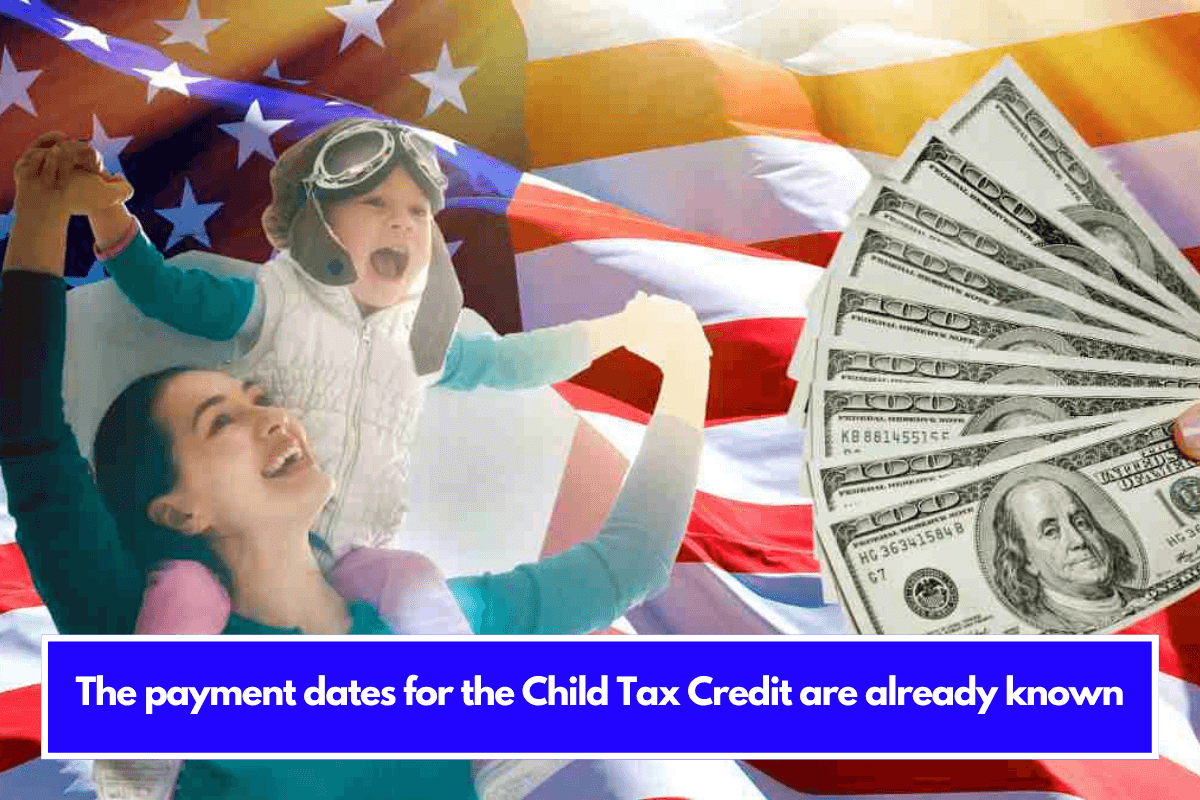Do you know about the Child Tax Credit? Surely you do; during the pandemic, it was one of the most important economic supports for many households. This tax benefit’s income eligibility requirements will change significantly by 2025.
The IRS offers this credit to families who have children or dependents under the age of 17. What purpose does it serve? The primary goal is to reduce your tax liability. In other words, it’s like receiving a direct discount on your tax bill. However, some of the credit is nonrefundable.
What is the Child Tax Credit?
During the pandemic, this tax credit was expanded and its conditions were simplified to make it more accessible, but it has already returned to its original form, more akin to what existed before 2020.
Looking ahead to 2025, there are new rules on who can apply, depending on each family’s income.
Income limits in 2025
This is the key. If you are married and file jointly with your spouse, the income limit is $400,000. If you are single or fall into any other category, the limit drops to $200,000.
These changes will apply to your 2025 tax returns, which will be due in April 2026.
The maximum credit amount will be $2,000 per eligible child. Of this total, up to $1,700 is refundable. This means that even if your taxes are lower, you could receive a direct check for that amount.

How to claim the Credit
Don’t worry, the process isn’t as complicated as it appears. You simply need to complete Form 1040 (SP), the personal tax return in the United States, and attach Schedule 8812, which requests information about your eligible children or dependents. If you have any doubts, you can always consult a tax advisor to avoid mistakes.
Who can claim the Child Tax Credit?
There are certain conditions that you must meet for your children (or dependents) to be eligible. Here’s a quick summary:
- Age: The dependent must be under 17 years old at the end of the tax year.
- Relationship: It can be your child, stepchild, foster child, sibling, or even a grandchild or nephew.
- Residency: The child must have lived with you for at least half the year.
- Financial Support: The child must not have provided more than 50% of their own financial support.
- Citizenship: The child must be a U.S. citizen, national, or resident alien.
- Joint Filing: The child must not file a joint return with their spouse unless it is to claim a refund of withheld taxes or estimated payments.
Why is This Change Important?
The income limit is important because it determines who can benefit from the credit. If your income exceeds these limits, you will be unable to apply, so ensure that you calculate it correctly.
Furthermore, the credit can make a significant difference for families who require financial assistance at a time when family expenses are rising.
In summary, if you have children under the age of 17 and meet the eligibility requirements, this credit can be extremely beneficial to your finances.
But don’t get complacent; before filing your return, make sure you’ve thoroughly informed yourself and reviewed all details. Isn’t it better to be prepared than surprised?
Also See:- Discover if you are eligible for the imminent $1,400 stimulus check



















